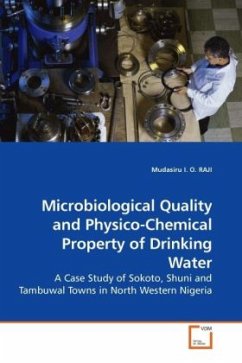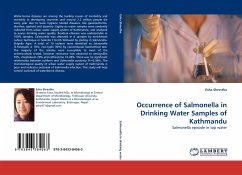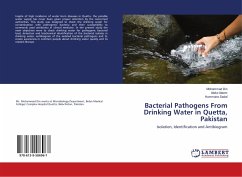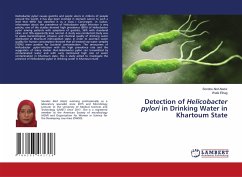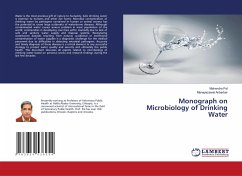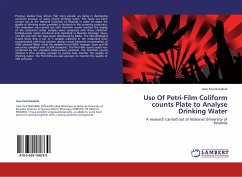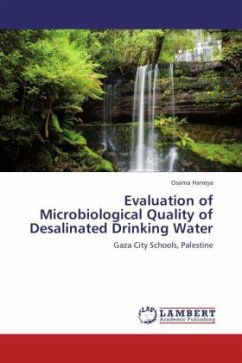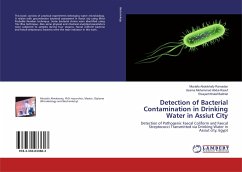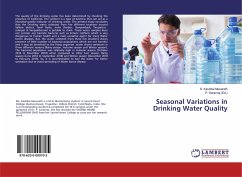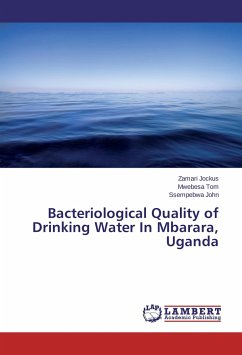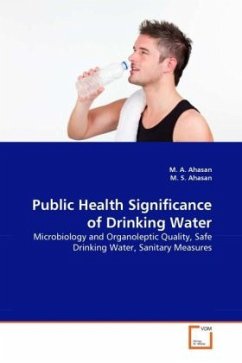
Public Health Significance of Drinking Water
Microbiology and Organoleptic Quality, Safe Drinking Water, Sanitary Measures
Versandkostenfrei!
Versandfertig in 6-10 Tagen
32,99 €
inkl. MwSt.

PAYBACK Punkte
16 °P sammeln!
Water is the most abundant and widely distributed compound on earth. Although in its natural state this compound remains in the purest form, but it is very difficult to find a source of water that has not been disturbed by man. The World Health Organization has estimated that up to 80% of all sickness and disease in the world is caused by inadequate sanitation, polluted water or unavailability of portable water. The incidence of water-borne diseases, such as cholera, typhoid, dysentery and diarrhoeal diseases can be drastically reduced by providing safe drinking water to the people. To get rid...
Water is the most abundant and widely distributed compound on earth. Although in its natural state this compound remains in the purest form, but it is very difficult to find a source of water that has not been disturbed by man. The World Health Organization has estimated that up to 80% of all sickness and disease in the world is caused by inadequate sanitation, polluted water or unavailability of portable water. The incidence of water-borne diseases, such as cholera, typhoid, dysentery and diarrhoeal diseases can be drastically reduced by providing safe drinking water to the people. To get rid from suspended biological agents and to ensure the supply of pure drinking water, the public health sanitarians stress upon the need prior treatment or purified before consumption. The book therefore provides knowledge on comparative public health implication associated with rural and urban communities, awareness towards the waterborne diseases and emphasize on to demonstrate the evidence of interrelatedness between bacteriological qualities of domestic water supply, practice of sanitation, formulate and suggest intervention activities to minimize microbial contaminants in water supply.



